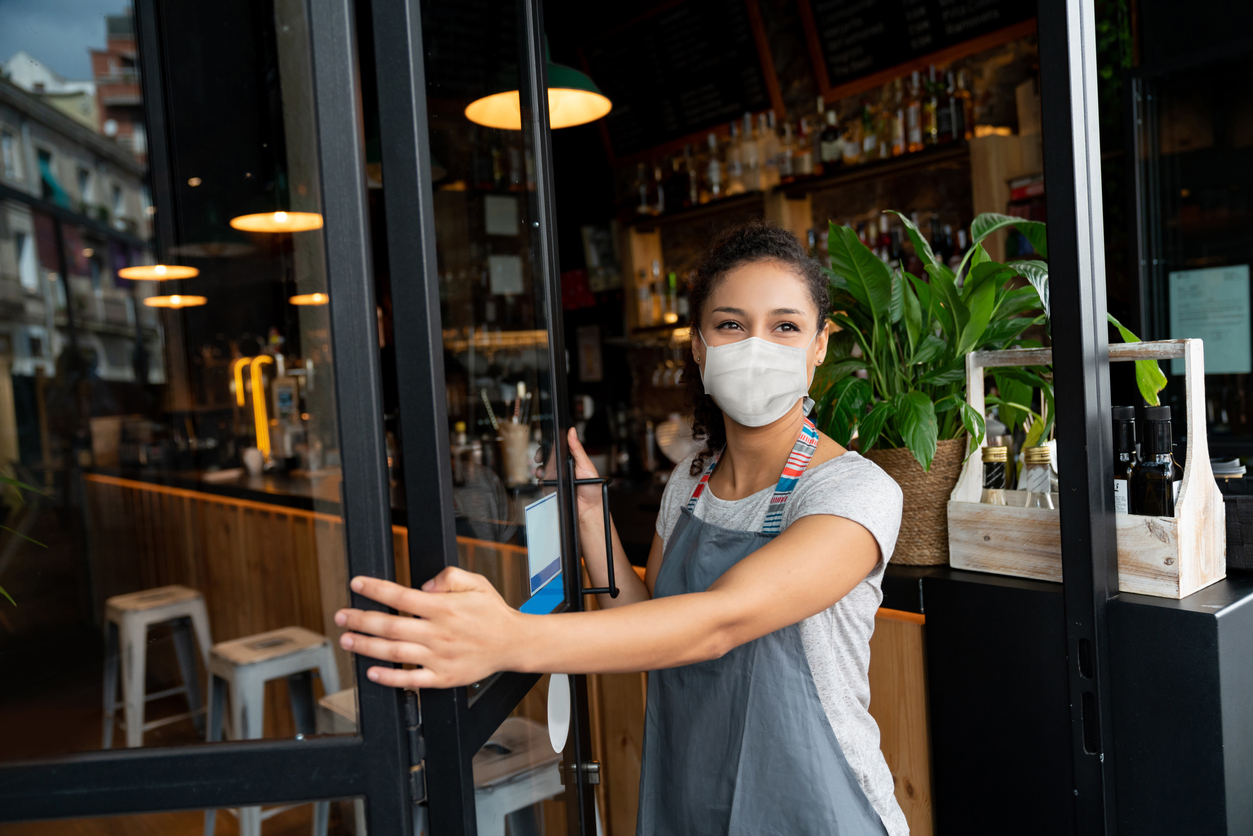The agency overseeing the program, dubbed the Restaurant Revitalization Fund (RRF), released new details and application requirements on Saturday. Over the next two weeks, the SBA said it would establish a seven-day pilot period for the RRF application portal and conduct outreach and training, ahead of the application launch, which is still unknown. Pilot participants will be randomly selected from existing PPP borrowers in priority groups for RRF; they won't receive funds until the application portal is open to the public.
It's not clear if this added bit of testing will help resolve any of the technical issues that confronted the $16 billion Shuttered Venue Operators Program, a similar grant offering, which the SBA temporarily halted at 4:15 p.m. Eastern on April 8, its first day in operation. The SBA did not immediately respond to a request for more information regarding the pilot.
Sean Kennedy, the National Restaurant Association's executive vice president for public affairs, is firmly in the excited camp -- and confident that the glitches that affected the SVOG program will not hit the RRF. "SBA knows they have to get this right, and they are putting out every resource available to them."
While the RRF and the SVOG are similarly styled grant programs -- both operated by the SBA -- there are a few key differences. The RRF -- which is open to food-service businesses including bars, restaurants, and caterers with up to 20 locations -- will be run on the same system that the SBA uses for the Paycheck Protection Program. At the time of launch, the SVOG operated on a different platform. (It's unclear if, when it relaunches, it'll remain on the same platform.) RRF also will be manned by a different team at SBA.
And unlike the SVOG, those applying for the RRF don't need to register for a Data Universal Numbering System, or DUNS number, through Dun & Bradstreet. They also don't need to register for the federal government's System for Award Management, the system used by contractors seeking to work with the federal government. This runs counter to earlier guidance regarding the RRF program.
Additionally, Kennedy points out that RRF will attempt to operate directly with a restaurant's point of sale system to theoretically avoid any data inaccuracies that an individual operator might enter. "The goal here is to make it easier to prove what your revenue was in 2019 versus 2020," says Kennedy. "There's no middleman." The amount of funding a business may receive is the difference between a business's gross revenue in 2019 and 2020, up to $5 million per location and $10 million total. The grant would be reduced by the aggregate disbursements a business received in PPP loans. The minimum grant amount is now set at $1,000.
The stakes could not be higher for this group of small businesses, adds Kennedy. "Although we have vaccination rates on the rise and outdoor dining is more possible, we're still dealing with a system of indoor capacity limits," he says. He points to a February survey from the National Restaurant Association which noted that, without more aid, 14 percent of restaurants said they'd "probably" or "definitely" close in the next three months. "You can only run a restaurant for so long on takeout and delivery only," Kennedy notes.













